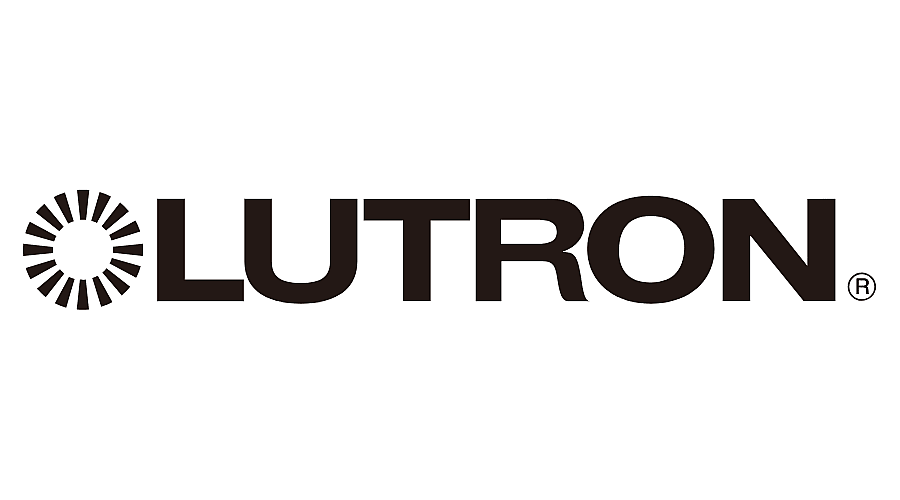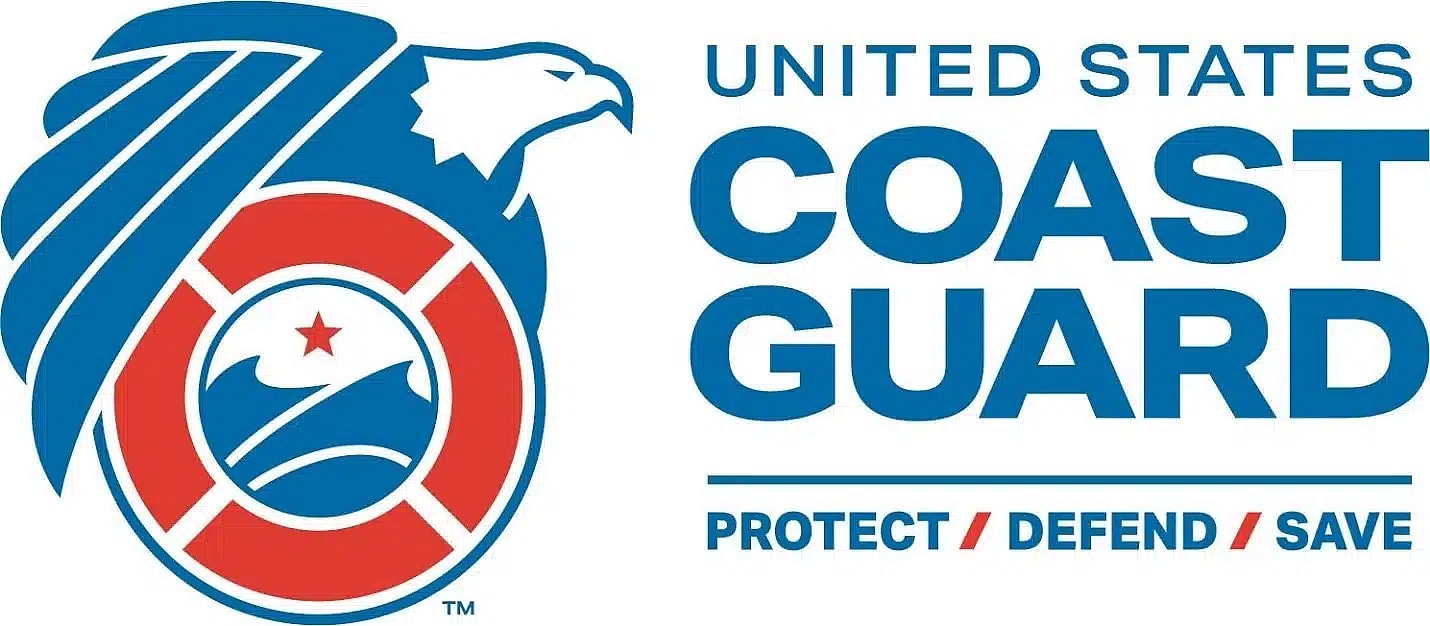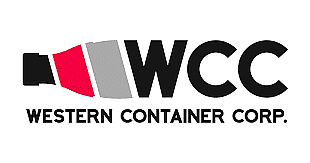What Causes Cathodic Protection Interference?
Where there is growth, there is decay. And where there is metal, inevitably, you will find corrosion. This is especially true of metal that has been buried underground, such as steel piping.
Many companies turn to cathodic protection to help stave off the effects of underground corrosion. While this is typically an effective means of prevention, it isn’t always foolproof. This is evident in the case of cathodic protection interference. Knowing what it is and what causes cathodic protection interference is the key to protecting the longevity of your pipes.
A Review of Cathodic Protection
An explanation of cathodic protection interference would not be complete without a discussion of cathodic protection itself. Cathodic protection is a method of protecting underground metal structures by connecting them to an additional positively charged metal surface called an anode. Most of the corrosion is transferred to the anode, and the protected surface remains intact. This process can add up to 20 years to your pipe’s lifespan.
What Is Cathodic Interference?
Cathodic Protection interference occurs when an additional electric charge disrupts the flow of electricity between the anode and the protected metal surface. This disruption prevents the cathodic protection from working effectively. Worse, it may potentially worsen the effects of corrosion.
Common Causes of Cathodic Interference
Most causes of cathodic protection interference come from human-made devices that carry an electric charge. In many cases, an additional cathodic system built too close to your cathodic system may cause interference. But the source of the current doesn’t have to come from underground. At times, high-voltage electric utility wires may also potentially cause interference.
Cathodic interference may also come from more natural sources. Lighting strikes on or near pipelines may reduce interference with cathodic protection if the system doesn’t have built-in devices to mitigate that kind of damage.
Reducing Cathodic Protection Interference
Awareness is key to preventing cathodic protection interference. When you are aware of what causes corrosion—cathodic systems placed too closely together, power lines, etc.—you can design your systems with that in mind. You can also install devices such as cathodic isolators, decouplers, and isolating spark gaps to help direct lightning away from the site.
Another key step is having your site inspected by professionals. These inspections can help identify potential sources of cathodic interference. That’s why Dreiym Engineering is proud to offer cathodic protection testing to ensure your cathodic systems run as they should.












































